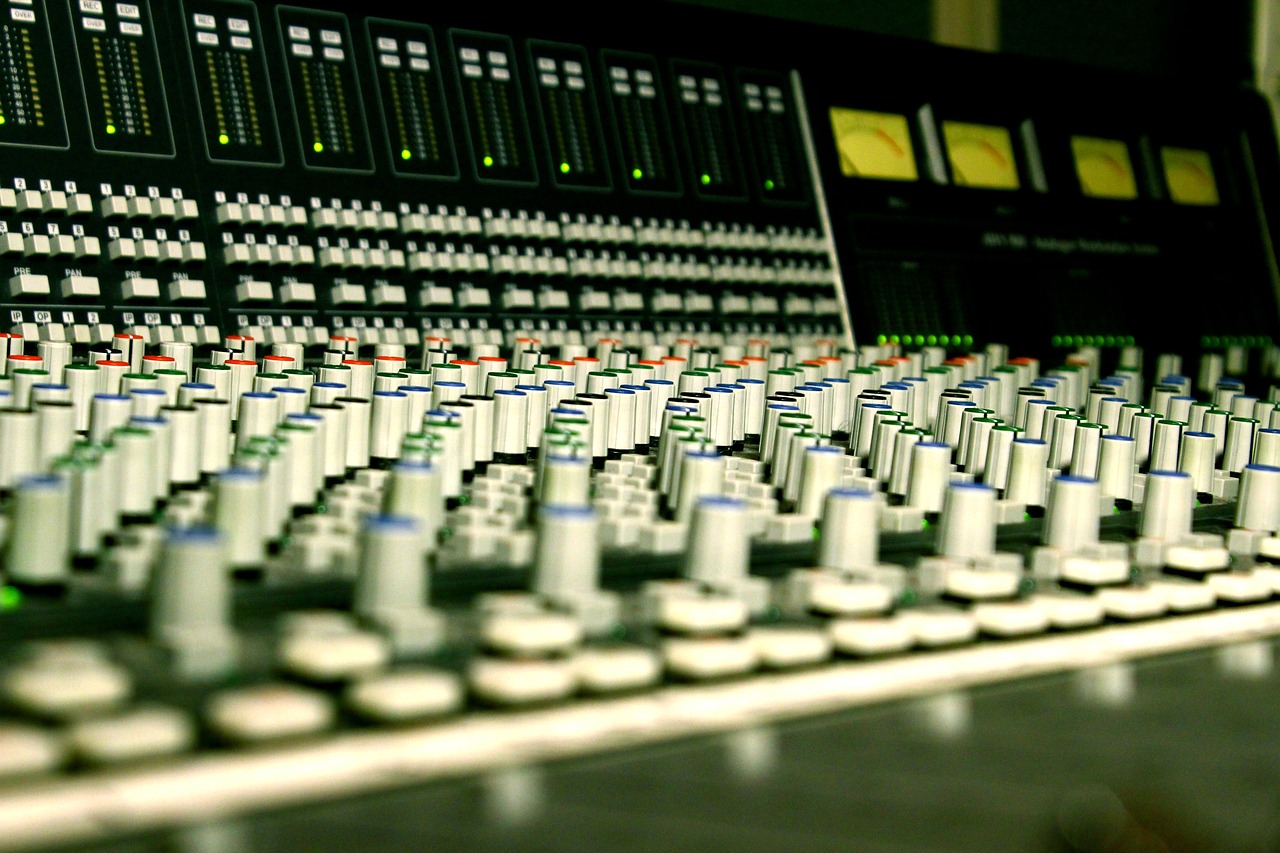The Role of Tech in Wildlife Population Monitoring and Conservation Planning
Advancements in technology have revolutionized the way wildlife monitoring is carried out, greatly benefiting conservation efforts worldwide. One major development is the use of camera traps, which have become increasingly sophisticated in capturing high-quality images and videos of elusive species in their natural habitats. These devices have enabled researchers to study animal behavior, population dynamics, and distribution patterns with greater precision and detail.
In addition to camera traps, GPS tracking devices have proven to be invaluable tools in monitoring the movement and migration patterns of various wildlife species. These devices provide real-time data on animal movements, enabling researchers to better understand habitat preferences, migration routes, and even the impact of human activities on wildlife behavior. With the continuous advancement of technology, wildlife monitoring efforts continue to become more efficient, accurate, and insightful, ultimately enhancing conservation strategies for the protection of biodiversity.
Remote Sensing Techniques for Conservation Planning
Remote sensing techniques have revolutionized the field of conservation planning by providing a comprehensive understanding of habitats and ecosystems. Satellites equipped with high-resolution sensors can capture detailed images of large areas, allowing conservationists to monitor changes in land use, vegetation cover, and wildlife populations over time. These tools have enabled researchers to identify critical habitats, track migration patterns, and assess the impact of human activities on natural landscapes with unprecedented accuracy.
In addition to satellites, aerial drones have emerged as valuable assets in conservation planning. Drones equipped with cameras and thermal sensors can access hard-to-reach areas and collect data on wildlife populations, poaching activities, and habitat conditions. By utilizing drones for monitoring and surveillance, conservationists can gather real-time information and respond swiftly to environmental threats, ensuring the effective protection of biodiversity and ecosystems.
• Remote sensing techniques provide a comprehensive understanding of habitats and ecosystems
• Satellites with high-resolution sensors monitor changes in land use, vegetation cover, and wildlife populations
• Researchers can identify critical habitats, track migration patterns, and assess the impact of human activities accurately
• Aerial drones equipped with cameras and thermal sensors access hard-to-reach areas for data collection
• Drones help monitor wildlife populations, poaching activities, and habitat conditions in real-time
• Conservationists can respond swiftly to environmental threats using drone surveillance
Use of Drones in Wildlife Population Surveys
Drones have revolutionized the way we conduct wildlife population surveys. These unmanned aerial vehicles are equipped with high-resolution cameras that provide detailed images of wildlife habitats and populations with minimal disturbance. Researchers can now efficiently monitor animal behavior, population size, and distribution from the air, saving time and resources compared to traditional ground surveys.
The use of drones in wildlife population surveys has proven to be particularly beneficial in remote and challenging terrains. By capturing aerial footage and images, researchers can cover vast areas that are difficult to access on foot. This comprehensive data collection allows for more accurate population estimates and helps conservationists make informed decisions to protect endangered species and their habitats.
What are some technological advancements in wildlife monitoring?
Some technological advancements in wildlife monitoring include the use of drones, satellite imagery, GPS tracking, and camera traps.
How can remote sensing techniques be used for conservation planning?
Remote sensing techniques can be used to gather data on habitat types, land use changes, and animal movements, which can then be used to inform conservation planning efforts.
How are drones being used in wildlife population surveys?
Drones are being used in wildlife population surveys to conduct aerial surveys, track animal movements, and gather data on hard-to-reach or dangerous terrain.
What are some benefits of using drones in wildlife population surveys?
Some benefits of using drones in wildlife population surveys include cost-effectiveness, efficiency, reduced disturbance to animals, and the ability to cover large areas quickly.





